Fat-Fighting Diets
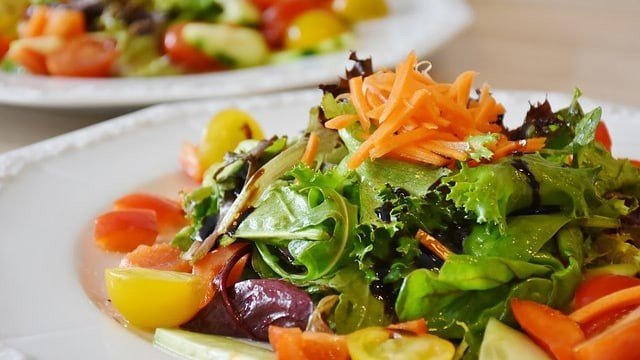
Finding the right approach to eating for optimal fat loss can be a minefield, especially for those who are not equipped with the knowledge or experience to make the right dietary decisions and choices. In fact, rather than simplifying things, it seems that as our understanding of our relationship and reaction to food advances, we’ve made the concept of eating properly more complicated.
Low-carb high-fat diets, Paleo eating, ketogenic diets, intermittent fasting... these are just a few of the popular dietary options currently at our disposal to lose weight and reduce body fat. Most of these dietary interventions aim to stoke the fat-burning furnace that is our metabolism, but how do you know what dietary approach is best for your genetics and metabolism?
Well, the one thing we know for sure is that we’re all different, and therefore respond differently to certain diets and eating plans. Through advances in nutritional genomics, otherwise known as personalized nutrition, scientists have been able to distinguish a correlation between our genetic make-up and our ability to effectively metabolize carbohydrates and fats. In fact, 40-50% of our ability to lose weight and burn fat is based on our genetic make-up.
While there are DNA tests currently available to consumers that are able to define what dietary approach will work best for you, it is still somewhat of a guessing game to select the best way of eating with so many dieting principles out there. What macronutrient ratio should you follow? What’s the right amount of protein for your weight? What type of carbs should I eat?
40-50% of our ability to Lose Weight and BURN FAT is based on our Genetic make-up effectively.
While we can’t determine your specific genetic make-up, we are able to highlight some of the more popular ways of eating for enhanced fat loss and, in most cases, improved health. This will help take some of the guesswork out of dieting. It’s your job to determine which approach works best for you though.
KETOGENIC DIETS
The low carb, high fat (LCHF) ketogenic diet has become very popular for those looking to lose body fat and enhance their general health.
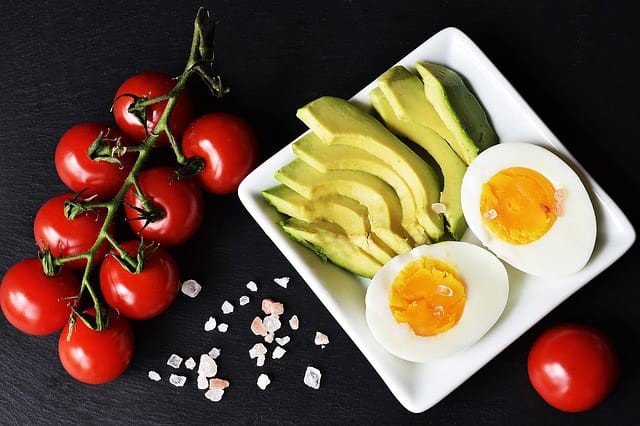
When used correctly this dietary technique has the power to incinerate fat while sparing muscle. On a basic level the diet mimics aspects of starvation, as it forces the body to utilize fat stores rather than stored glycogen for fuel.
Thanks to the low carbohydrate intake prescribed by the diet, and in the absence of glycogen, the pancreas releases glucagon, a catabolic hormone that has the ability to break down body tissue for energy. The body is then forced into a state of ketosis when glucagon and carnitine convert stored fat into free fatty acids and energy substrates called ketones or ketone bodies.
This is all done in the liver through the Krebs cycle. The ketone bodies then circulate and replace glucose as the body’s primary energy source, fulfilling the various vital functions that glucose had in the body.
As the level of ketone bodies in the blood becomes elevated and reaches a threshold level the body will then enter a state of ketosis. The classic ketogenic diet excludes high-carbohydrate foods such as starchy fruits and vegetables, bread, pasta, grains and sugar, while increasing the consumption of foods high in medium-chain triglycerides – which are more ketogenic – and long-chain triglycerides. Thanks to the exclusions mentioned above, especially that of starchy fruits and vegetables, it is important that anyone who follows a ketogenic diet supplement with additional fiber, as constipation is a common complication associated with this diet.
On a basic level THE KETOGENIC DIET mimics aspects of starvation, as it forces the body to utilize fat stores rather than stored glycogen for fuel.
ATKINS DIET
The Atkins Diet is a milder, more formalized ketogenic diet. It is one of the first and more controversial of the popular low-carb diets.

It was first devised by Dr Robert Atkins in 1972 and popularized through a successful series of books. Followers of this diet are required to reduce their intake of carbohydrates drastically, to encourage the body to burn fat instead of glucose for energy through ketosis. Protein, vegetables and fats dominate this eating plan, with foods like white rice, pasta and flour, potatoes and sugar completely excluded.
People on this diet must count the total grams of carbohydrates and must subtract the total amount of fiber (in grams) consumed each day. In the two-week induction phase of the plan only 20g of carbs can be consumed daily and dieters then slowly add more carbs over three more phases. On the fourth and final maintenance phase, around 75g of carbs are allowed to be consumed daily – and some people follow this way of eating for the remainder of their lives.
This diet is known to deliver quick results, but maintaining this type of eating can be difficult as it’s restrictive. The intake of too much saturated fat can also increase bad (LDL) cholesterol and the lack of antioxidants and other important nutrients from the limited consumption of fruits, vegetables and grains can be deemed unhealthy, and requires adequate supplementation to make up for the shortfall. The minimal fiber intake can also cause constipation.
Protein, vegetables and fats dominate the Atkins diet, with foods like white rice, pasta and flour, potatoes and sugar completely excluded.
THE PALEO DIET
One diet that has gained a fair degree of popularity in health and fitness circles is the Paleo diet. It focuses on foods that can be hunted or gathered, to mimic the type of diet our caveman ancestors from the Paleolithic era would have followed.
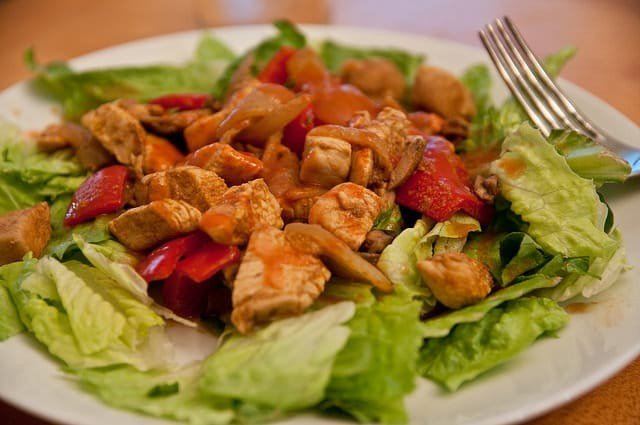
This plan is rich in small amounts of healthy fats, vegetables, fruits, seafood, grass-fed meat, eggs, nuts, seeds and poultry. However, “modern” foods like grains, dairy and processed products are discouraged.
The theory behind this diet is that the human body has not adapted to digest many modern-day foods and this causes cellular inflammation and an increased risk for chronic diseases. The benefits of this eating plan are that it is relatively easy to follow, naturally gluten-free and is low in added sugars, trans-fats, salt and high-glycaemic carbohydrates.
It is also rich in fiber, antioxidants, phytochemicals, omega-3 fatty acids, monounsaturated fats and low-glycaemic carbohydrates. It is also generally high in protein as it proposes a lot of meat. This makes it a good option for those who are able to effectively metabolize a higher amount of carbs in their daily diet, and are looking for additional health benefits from their basic eating plan.
The theory behind THE PALEO DIET is that the human body has not adapted to digest many modern-day foods and this causes cellular inflammation and an increased risk for chronic diseases.
THE ZONE DIET

The Zone diet, created by Dr Barry Sears, claims to reset your metabolism with a diet that is 30% protein, 30% fat, and 40% carbohydrates. The theory is that eating according to these ratios will help to control insulin levels, burn fat and prevent heart disease, high blood pressure and diabetes.
Seafood, poultry, most fruit, non-starchy vegetables, leafy green vegetables, low-fat dairy, egg whites, barley, oatmeal and small amounts of olive and canola oils are allowed on this eating plan. No foods that are high in starch, fat and carbohydrates are allowed, which includes many dairy foods and egg yolks.
THE DUKAN DIET
Created by the French physician Pierre Dukan, and touted as “the easy Atkins”, the Dukan diet consists of four stages.
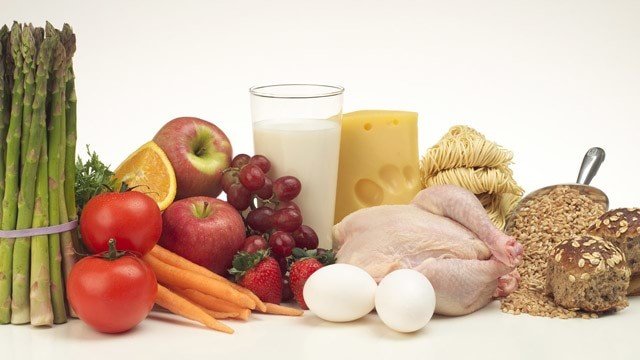
The initial ‘Attack’ stage requires dieters to consume lean protein like eggs only, chicken, low-fat dairy, fish and meats. High-fat foods are not included on the Dukan plan. Only two teaspoons of oat bran for fiber and one and a half liters of liquids like water, tea and coffee are consumed daily during this phase.
The next phase is called the “Cruise” phase and involves eating unlimited amounts of low-carbohydrate vegetables like spinach and mushrooms on selected days. However, no avocado, potatoes, sweet corn, peas, baked beans or fruit are allowed at this stage. In the ‘Consolidation’ phase foods like bread, cereals, fruit, rice, pasta, fats and limited alcohol are introduced gradually. The final phase involves eating moderate portions of most foods, with one day when only protein is consumed.
Advantages of this plan include an initial phase of rapid fat loss and the high-protein intake means there is less muscle loss. However, those who are sensitive to carbs should be weary of what they introduce into their diet during the consolidation phase.
INTERMITTENT FASTING
A growing number of experts claim short fasts can accelerate fat loss and make you healthier.
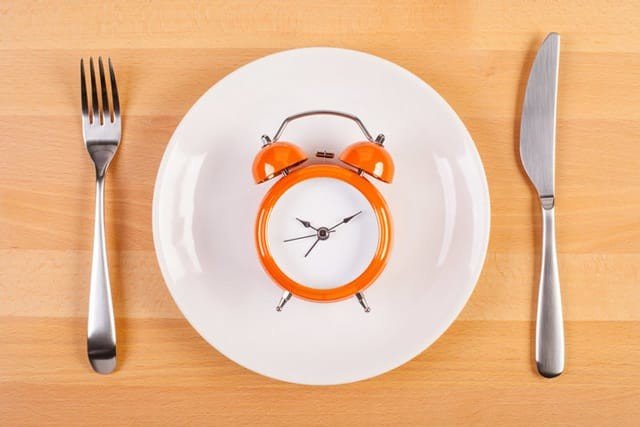
While the research behind intermittent fasting is still in its infancy, and it may be another 5-10 years before it reaches critical mass and becomes a mainstream nutritional idea, in certain quarters the benefits of intermittent fasting have reached almost mythical proportions. However, there is a growing body of scientific research that shows how calorie restriction from partial fasts could help to manage weight.
Intermittent fasting follows the principle of abstaining from eating for 15-18 hours to skip a meal or two. Even two-day-a-week fasts may promote some of the same benefits that uninterrupted calorie restriction promises. There are many who claim that by fasting one not only loses weight and body fat, but you see an improvement in blood sugar levels, cholesterol levels and energy. In its more commercial forms intermittent fasting techniques go by several names. These include the FastDiet, the 5:2 Diet, the Mosley Diet or the Warrior diet.
The Mosley diet, devised by Dr. Michael Mosley advocates two days of partial fasting, interspersed with five days of normal eating. This resulted in weight and fat loss, along with a drop in cholesterol and blood sugar levels. As the research is in its infancy the jury is still out on whether this is a suitable way of eating for those who want to maintain muscle.
Obviously fasting creates a catabolic state, where the body will burn everything from glycogen and fat, to muscle tissue. In fact, fasting is often associated with periods of fat accumulation as the body goes into ‘survival’ mode and releases cortisol. This preferentially stores fat, and burns what’s left for energy. However, one theory is that intermittent fasting increases insulin sensitivity, which aids blood sugar regulation.
By increasing the body’s responsiveness to insulin, the hormone that regulates blood sugar, you can reduce the chances of excessive fat storage, as well as limit various lifestyle diseases. This dietary approach also apparently enhances mitochondrial energy efficiency, which means your body becomes more efficient at burning nutrients for energy, be they amino acids or fatty acids.
The diet also reduces the production of the hormone IGF-1 during fasting phases, which allows you to burn body fat at a higher rate, and also regulate blood sugar.
INTERMITTENT FASTING follows the principle of abstaining from eating for 15-18 hours to skip a meal or two. Even two-day-a-week fasts may promote some of the same benefits that uninterrupted calorie restriction promises.
CARB CYCLING
Carbohydrate cycling has become an extremely effective dietary tool used to drop body fat.
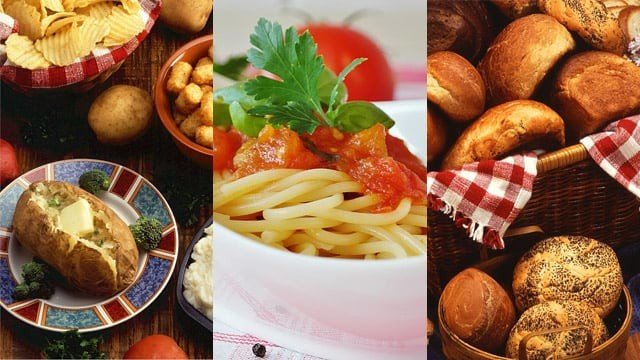
It is commonly used by bodybuilders, bikini athletes, and fitness models before a show or photo shoot. It involves manipulating your carb intake over a week or two, which manipulates muscle glycogen stores to promote the metabolism of stored fat. In general, when glycogen levels fall and ingested carbohydrates are limited, the body generally turns to the metabolism of body fat for energy.
You don’t have to start cycling carbs right from the start of your diet to burn fat, but a gradual reduction in carb intake is advised. A 33-50% reduction from what you are currently eating is a good starting point. After a week or two, or when you see your body has stopped responding to the reduced carb intake, take any two days out of the week and drop your carb intake to between 50-75g per day. The net result is you’ll have lower glycogen levels for the few days following the carb reduction. This will boost your body’s fat burning capabilities, which may have stagnated with extended dieting.
Try to avoid doing the reduced carb days before high-intensity training days when you’ll need extra energy, as it can leave you feeling flat and exhausted. Save the intense training or bigger muscle group training for the day after a re-feed. This high-carb day should include a carb intake that is at least double your lowest levels.
Congratulations @puretips! You received a personal award!
You can view your badges on your Steem Board and compare to others on the Steem Ranking
Vote for @Steemitboard as a witness to get one more award and increased upvotes!